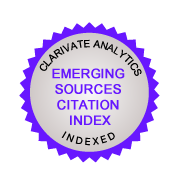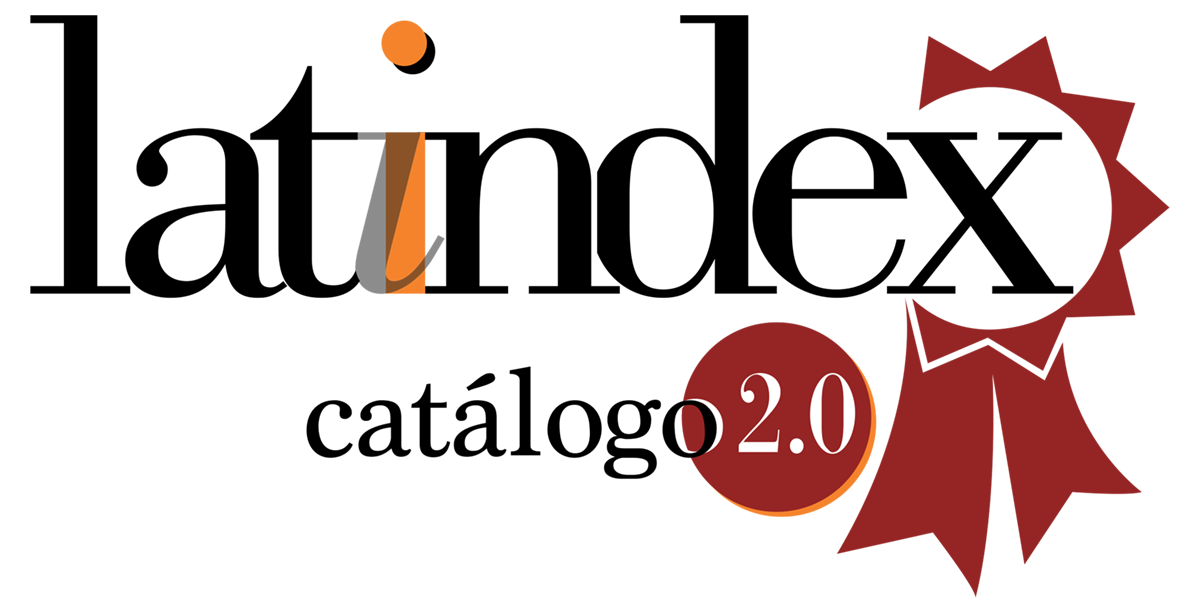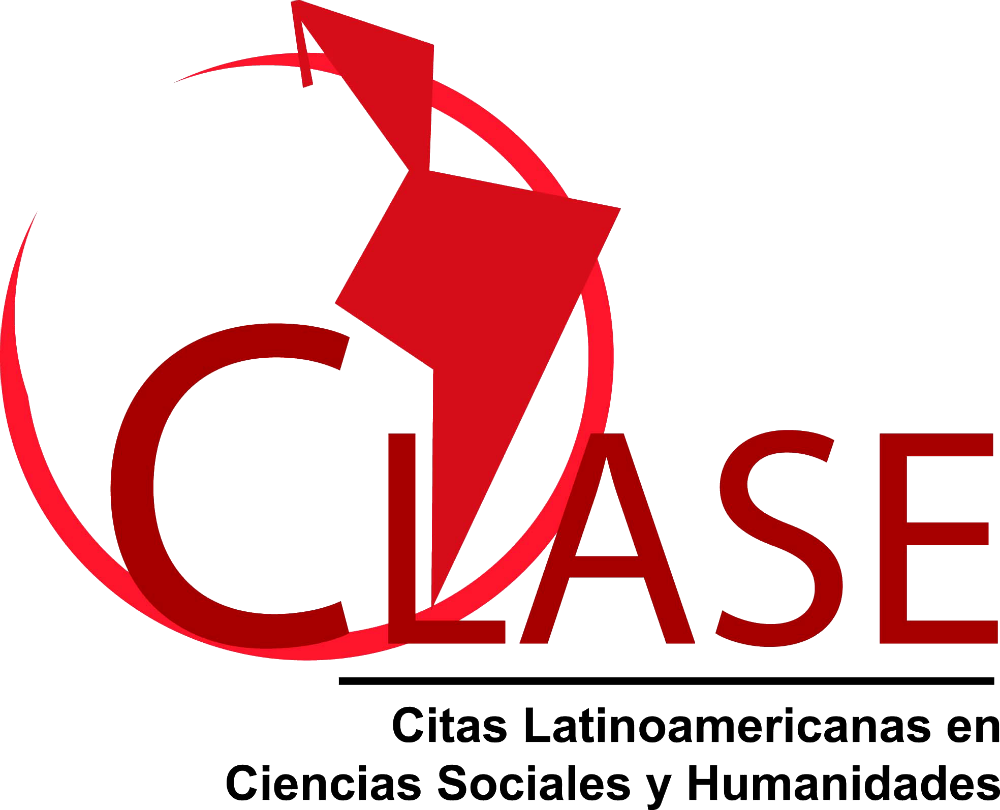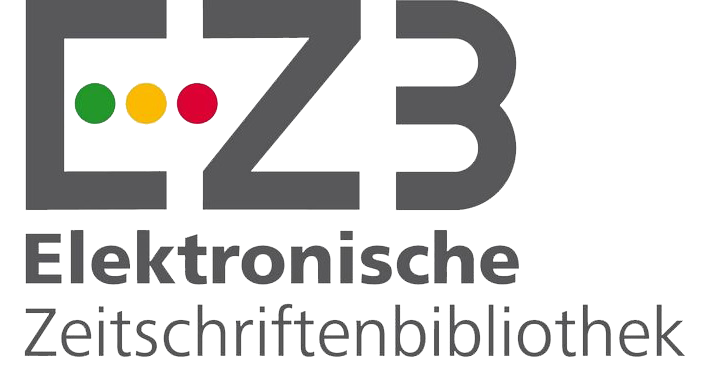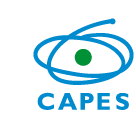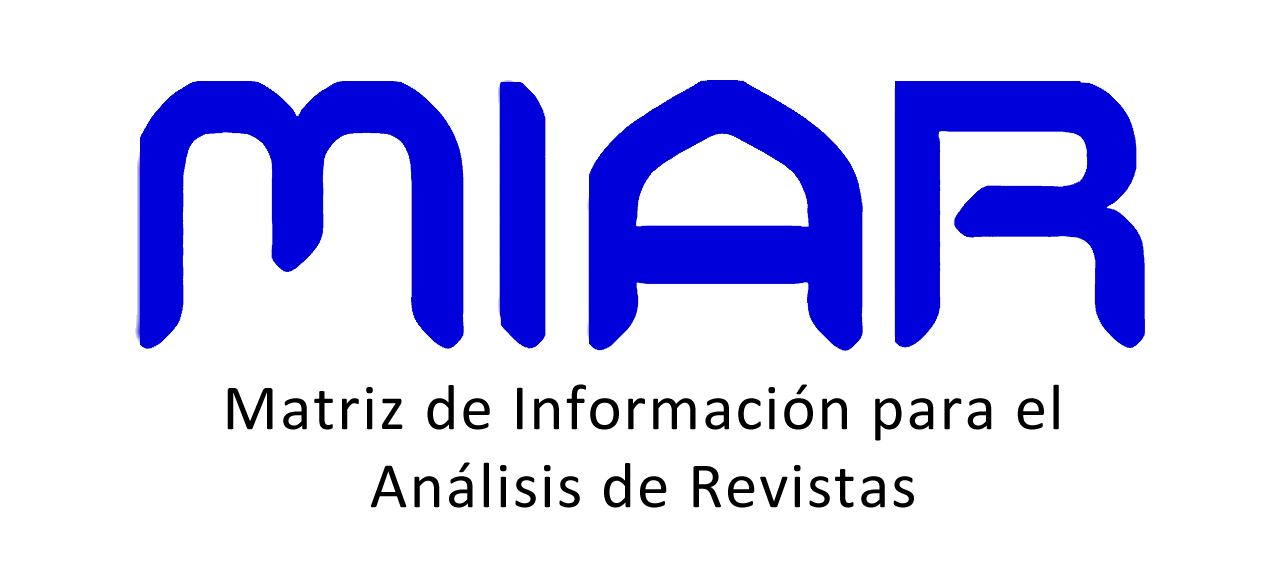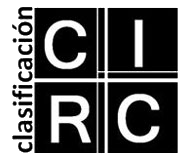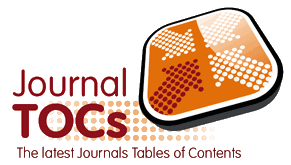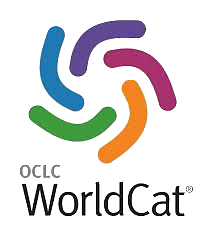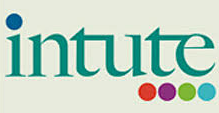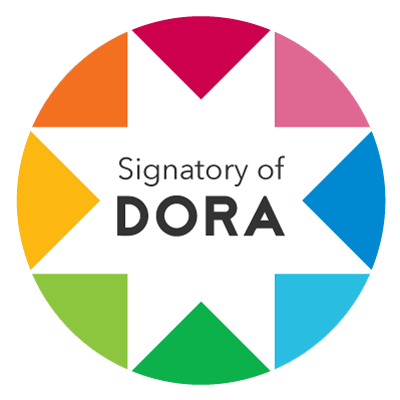News agency services worldwide by type of funding
DOI:
https://doi.org/10.24215/16696581e946Keywords:
News agencies; Funding; Government systems; Latin America; Media sustainability.Abstract
This research classifies the services of news agencies in United Nations member countries based on their type of funding and service. Using a quantitative analytical methodology, data from member states were collected and analyzed to identify patterns and relationships between the type of funding (state or private) and factors such as the system of government and GDP. The results reveal a global predominance of state funding. It was also observed that democratic and economically developed countries tend to have more services with private funding. In Latin America, trends similar to the global level are projected. The research highlights the importance of editorial independence and diversification for the sustainability of news agencies in the current media environment.
Downloads
References
Alleyne, M. D., & Wagner, J. (1993). Stability and change at the “Big Five” news agencies.
Journalism Quarterly, 70(1), 40–50. https://doi.org/10.1177/107769909307000105
Angelucci, C., Cagé, J., & Sinkinson, M. (2024). Media competition and news diets. American
Economic Journal: Microeconomics, 16(2), 62-102. DOI:10.1257/mic.20220163 Recuperato de https://www.aeaweb.org/articles?id=10.1257/mic.20220163.
Boumans, J. (2018). Subsidizing the News? Organizational press releases’ influence on news
media’s agenda and content. Journalism Studies, 19(15), 2264-2282.
Boyd-Barrett O. (2000). National and international news agencies: Issues of crisis and
realignment. Gazette, 62(1), 5–18. https://doi.org/10.1177/0016549200062001001
Boyd-Barrett, O. (2013). Multinational News Agencies 1. In Multinational Service Firms (RLE
International Business) (pp. 107-131). Routledge. https://doi.org/10.4324/9780203077788
Boyd-Barrett, O., & Rantanen, T. (2000). European national news agencies: The end of an era or
a new beginning? Journalism, 1(1), 86-105.
Boyd-Barrett, O., & Rantanen, T. (2013). News agencies. In The Media (pp. 233-245).
Routledge. https://doi.org/10.4324/9781315834559
Boyd-Barrett, O., & Rantanen, T. (Eds.) (1998). The globalization of news. SAGE Publications
Ltd, https://doi.org/10.4135/9781446250266
Champagne P. (2005). The “double dependency”: The journalism field between politics and
markets. In. Benson R., Neveu E. (Eds.), Bourdieu and the journalistic field (pp. 48–63). Polity Press.
Cowan, G., & Westphal, D. 2010. Public Policy and Funding the News. Research
Series: Center on Communication and Journalism USC Annenberg, MA. Recuperado de http://fundingthenews.usc.edu/docs/Funding%20the%20News_report-optimized.pdf.
Creswell, J. W., & Creswell, J. D. (2018). Research design: Qualitative, quantitative, and mixed
methods approaches (5th ed.). SAGE Publications.
Dada, L. S., Ewetan, D. F., Ilesanmi, O. S., & Odesola, E. A. (2024). Ownership and gate
keeping role of the media. Multidisciplinary journal of vocational education & research, 6(1). Recuperado de https://gojehms.com/index.php/MJVER/article/view/206
De Waal, M. (2014). Business and ownership of the media in digital times. In: Dragomir M,
Thompson M (eds) Digital Journalism: Making News, Breaking News. New York: Open Society Foundations (OSF), pp. 191–210.
Djankov S., McLiesh C., & Nenova T. (2001). Who owns the media? (Harvard Institute of
Economic. Research Paper No. 1919; World Bank Policy Research Working Paper, No.
. https://ssrn.com/abstract=267386
Dragomir M. (2018). Control the money, control the media: How government uses funding to
keep media in line. Journalism, 19(8), 1131–1148. https://doi.org/10.1177/1464884917724621
Ellen, V. O. S., Athanasiadou, N., & Dohmen, L. (2020). EU Agencies and Conflicts of Interests.
Engesser S., Franzetti A. (2011). Media systems and political systems: Dimensions of
comparison. International Communication Gazette, 73(4), 273–301. https://doi.org/10.1177/1748048511398590
Giffard C. A., Rivenburgh N. K. (2000). News agencies, national images, and global media
events. Journalism & Mass Communication Quarterly, 77(1), 8–21. https://doi.org/10.1177/107769900007700102
Horgan, J. (1993) Gobierno, propaganda y la Agencia de Noticias Irlandesa, Irish
Communication Review: vol. 3: núm. 1, artículo 6. DOI:10.21427/D7BD9V
International Monetary Fund. (2023). World Economic Outlook Database. Recuperado el 20 de
junio de 2024, de https://www.imf.org/en/Publications/WEO/weo database/2023/October/weoreport?a=1&c=001,998,&s=NGDPD,PPPGDP,PPPPC,PPPSH,&sy=2021&ey=2028&ssm=0&scsm=1&scc=0&ssd=1&ssc=0&sic=0&sort=country&ds=.&br=1
Jääskeläinen, A., & Yanatma, S. (2019). The future of national news agencies in Europe-Case
study 4: Business model innovation in media-owned national news agencies. Recuperado de: https://www.lse.ac.uk/media-and-communications/assets/documents/research/projects/news-agencies/cs4-jaaskelainen-yanatma.pdf
Jääskeläinen, A., & Yanatma, S. (2020). How do media-owned national news agencies survive in
the digital age? Business diversification in Austria Presse Agentur, Press Association and Tidningarnas Telegrambyrå. Journalism, 21(12), 1877-1895. https://doi.org/10.1177/1464884919883492
Jakovljevic, T. (2013). Croatia: Financing of Croatian News Agency and Its Compliance with
State Aid Rules. Eur. St. Aid LQ, 12, 625. Recuperado de: https://www.proquest.com/scholarly-journals/croatia-financing-croatian-news-agency-compliance/docview/1470072109/se-2
Johnston, J., & Forde, S. (2011). The silent partner: News agencies and 21st century news.
International Journal of Communication, 5, 20. Recuperado de: https://www.researchgate.net/publication/267296059_The_Silent_Partner_News_Agencies_and_21_st_Century_News
Jukes, S. (2022). News agencies: anachronism or lifeblood of the media system? Routledge.
https://doi.org/10.4324/9781003029656
Juntunen, L., & Nieminen, H. (2019). The future of national news agencies in Europe: Case
study 3: The changing relation between news agencies and the state. London School of Economics and Political Science. https://doi.org/10.21953/lse.oc95dmr2xy5y
Kinoti, L. J. (2021). The Relevance of News Agencies in a Proliferated Media Space: the Case of
Kenya News Agency (Doctoral dissertation, University of Nairobi). Recuperado de http://erepository.uonbi.ac.ke/handle/11295/160324
Lauk E., Einmann M. (2019). The future of national news agencies in Europe—Case Study 2:
The survival challenges for news agencies in a small market: News agencies in the Baltic countries. The London School of Economics and Political Science. https://doi.org/10.21953/lse.0160wua5rvg6
Milinkov, S., & Gruhonjić, D. (2021). Political clientelism in Serbian media-the case of the
Tanjug news agency. Sociologija, 63(1), 72-95. https://doi.org/10.2298/SOC2101072M
Murschetz, Paul C. (1998). State Support for the Press: A Critical Appraisal – Austria, France,
Norway and Sweden Compared. European Journal of Communication 1 (3): 291–313. https://doi.org/10.1177/0267323198013003001
Murschetz, P. C. (2020). State Aid for Independent News Journalism in the Public Interest? A
Critical Debate of Government Funding Models and Principles, the Market Failure Paradigm, and Policy Efficacy. Digital Journalism, 8(6), 720–739. https://doi.org/10.1080/21670811.2020.1732227
Murschetz, Paul C. (2014). State Aid for Newspapers: Theories, Cases, Actions. Berlin: Springer-
Verlag. https://doi.org/10.1007/978-3-642-35691-9
Musa, M. (1990). News agencies, transnationalization and the new order. Media, Culture &
Society, 12(3), 325-342.
Nielsen, R. K., & Linnebank, G. (2011). Public Support for the Media: A Six-
Country Overview of Direct and Indirect Subsidies. Oxford: Reuters Institute for the Study of Journalism. Recuperado de: https://reutersinstitute.politics.ox.ac.uk/sites/default/files/2017-11/Public%20support%20for%20Media.pdf
Organization of American States (OAS). (2004). Estrategias políticas: Desafíos y oportunidades.
Recuperado el 20 de junio de 2024 de: https://www.oas.org/sap/publications/2004/fiapp/estrategias_politicas/doc/pbl_estrategias_024_04_spa.pdf
Petković, B., & Panić, S. (2016). Comparing models and demanding reforms of public service
media. Recuperado de: https://mediaobservatory.net/radar/comparing-models-and-demanding-reforms-public-service-media
Picard, R. G. (2014). State Support for News: Why Subsidies? Why Now? What Kinds? In
State Aid for Newspapers. Theories, Cases, Actions, edited by Paul C. Murschetz, 49–57. Berlin: Springer-Verlag.
Pickard, V. (2019). Democracy without Journalism? Confronting the Misinformation
Society. Oxford: Oxford University Press. https://doi.org/10.1093/oso/9780190946753.001.0001
Putnis, P. (2006). How the international news agency business model failed – Reuters in
Australia, 1877–1895. Media History, 12(1), 1–17. https://doi.org/10.1080/13688800600597103
Rantanen, T. (2021). Toward Hybridity? Nationality, Ownership, and Governance of News
Agencies in Europe. Journalism & Mass Communication Quarterly, 98(1), 263-282. https://doi.org/10.1177/1077699020923605
Rantanen, T., Jääskeläinen, A, Bhat, R., Stupart, & R., Kelly A. (2019). The future of national
news agencies in Europe: Executive summary. London School of Economics and Political Science. https://doi.org/10.21953/lse.aeginold23jj
Rantanen, T., & Kelly, A. (2021). The digital transformation of international and national news
agencies: challenges facing AFP, AP, and TASS. Global journalism: Understanding world media systems, 189. Recuperado de: https://rowman.com/ISBN/9781538146866
Rantanen, T. (2021). Toward hybridity? Nationality, ownership, and governance of news
agencies in Europe. Journalism & Mass Communication Quarterly, 98(1), 263-282. https://doi.org/10.1177/107769902092360
Schweizer, C., & Puppis, M. (2018). Public Service Media in the “Network” Era. A
Comparison of Remits, Funding, and Debate in 17 Countries. In Public Service Media in the Networked Society, edited by Gregory Ferrell
Lowe, Hilde Van den Bulck, and Karen Donders, 109–124. Göteborg: Nordicom.
Schweizer, D., Wang, X., Wu, G., & Zhang, A. (2020). Political connections and media bias:
Evidence from China. SSRN. http://dx.doi.org/10.2139/ssrn.3709127
Silberstein-Loeb, J. (2014). The international distribution of news: The Associated Press, Press
Association, and Reuters, 1848–1947. Cambridge University Press.
https://doi.org/10.1017/CBO9781139522489
Sjøvaag, Helle. (2019). Journalism between the State and the market. Londres: Routledge.
Recuperado de: https://www.perlego.com/book/1501545/journalism-between-the-state-and-the-market-pdf
Surm, J. (2020). AFP, EFE and DPA as international news agencies. Journalism, 21(12), 1859-
United Nations. (s.f.). Member States. Recuperado el 20 de junio de 2024, de
https://www.un.org/es/about-us/member-states
United Nations Educational, Scientific and Cultural Organization. (1953). News agencies: Their
structure and operations. http://unesdoc.unesco.org/images/0007/000734/073446eo.pdf
World Population Review. (s.f.). Countries. Recuperado el 20 de junio de 2024 de:
https://worldpopulationreview.com/countries
Worldometer. (s.f.). Worldometer. Recuperado el 20 de junio de 2024 de:
https://www.worldometers.info/
Xin, X. (2018). Financialisation of news in China in the age of the Internet: The case of
Xinhuanet. Media, Culture & Society, 40(7), 1039-1054.
Downloads
Published
How to Cite
Issue
Section
License
La aceptación de un original por parte de la revista implica la cesión no exclusiva de los derechos patrimoniales de los/as autores/as en favor del editor, quien permite la reutilización, luego de su edición (postprint), bajo una Licencia Creative Commons Atribución-NoComercial-CompartirIgual 4.0 Internacional (CC BY-NC-SA 4.0)
Acorde a estos términos, el material se puede compartir (copiar y redistribuir en cualquier medio o formato) y adaptar (remezclar, transformar y crear a partir del material otra obra), siempre que a) se cite la autoría y la fuente original de su publicación (revista y URL de la obra), b) no se use para fines comerciales y c) se mantengan los mismos términos de la licencia.
La cesión de derechos no exclusivos implica que luego de su edición (postprint) en Question las/os autoras/es pueden publicar su trabajo en cualquier idioma, medio y formato; en tales casos, se solicita que se consigne que el material fue publicado originalmente en esta revista.
Tal cesión supone, también, la autorización de los/as autores/as para que el trabajo sea cosechado por SEDICI, el repositorio institucional de la Universidad Nacional de La Plata, y sea difundido en las bases de datos que el equipo editorial considere adecuadas para incrementar la visibilidad de la publicación y de sus autores/as.
Asimismo, la revista incentiva a las/os autoras/es para que luego de su publicación en Question depositen sus producciones en otros repositorios institucionales y temáticos, bajo el principio de que ofrecer a la sociedad la producción científica y académica sin restricciones contribuye a un mayor intercambio del conocimiento global.






